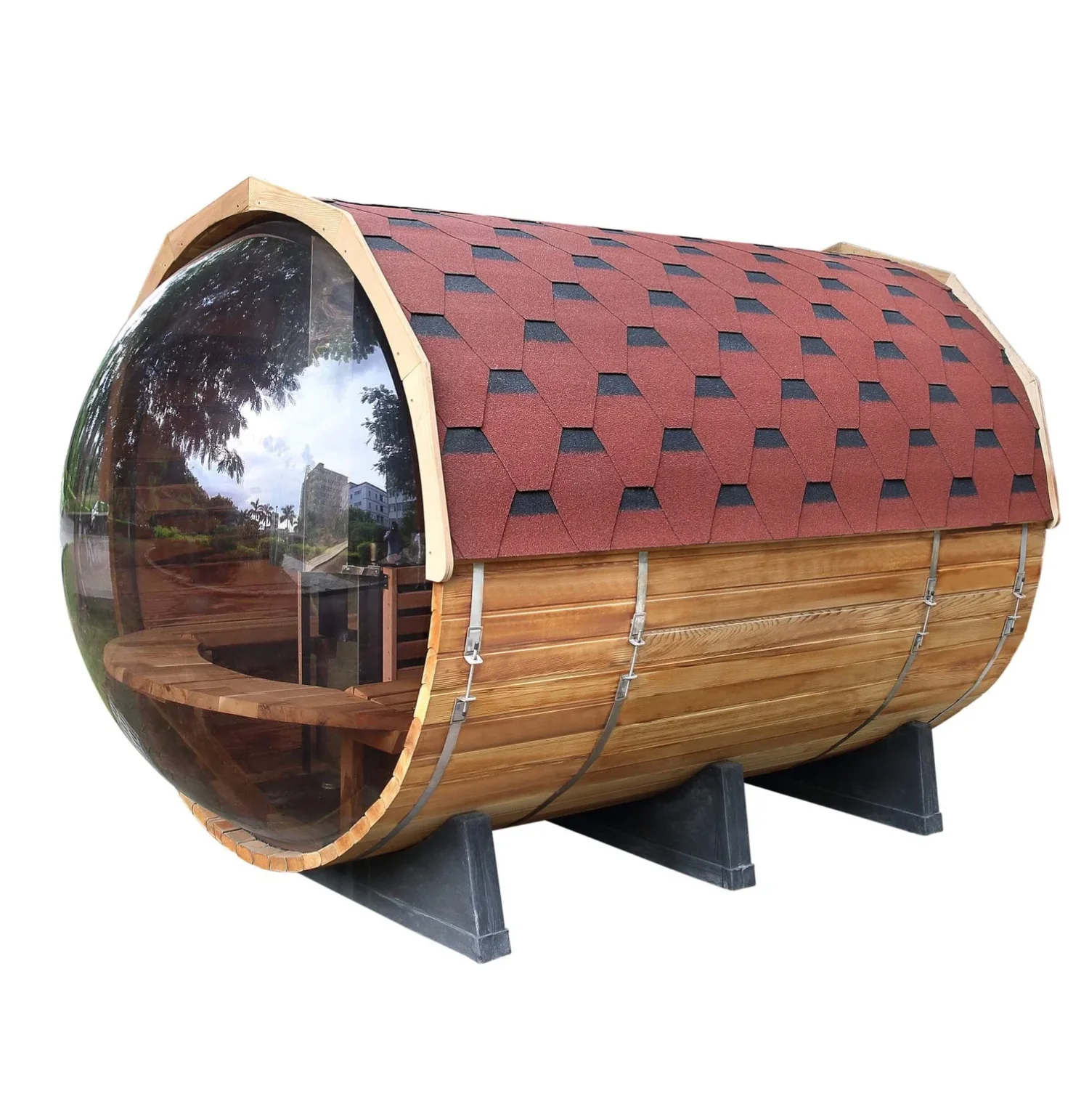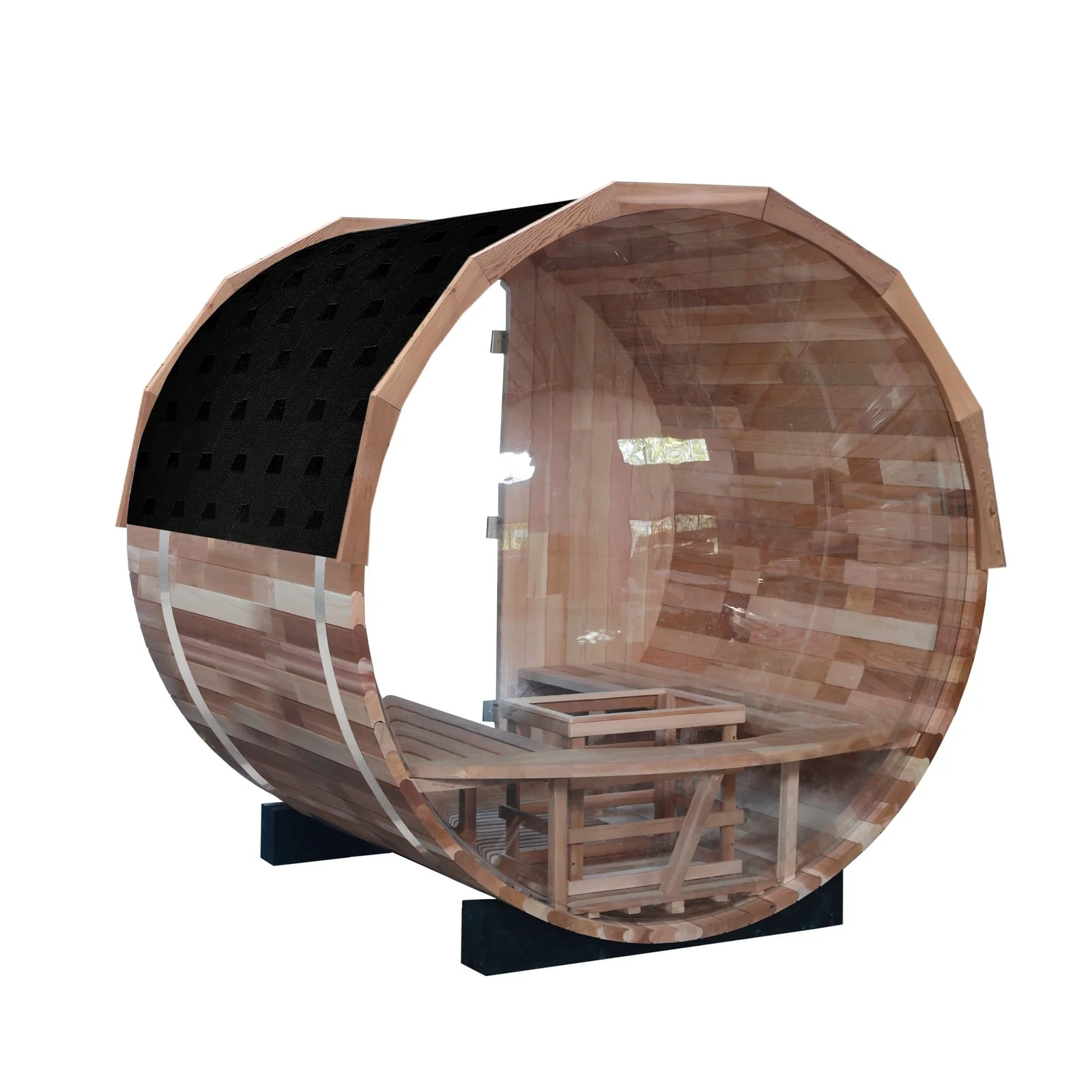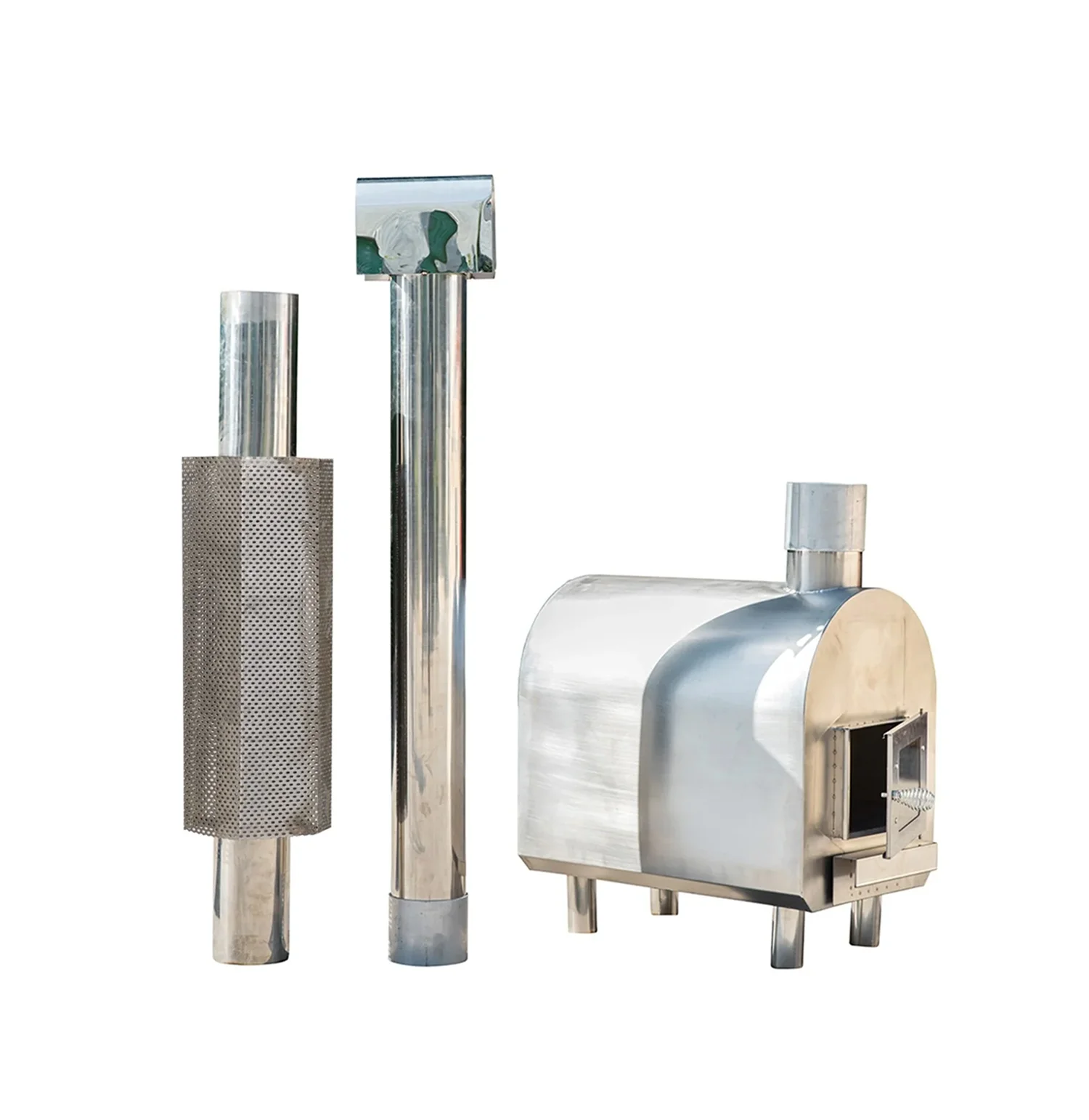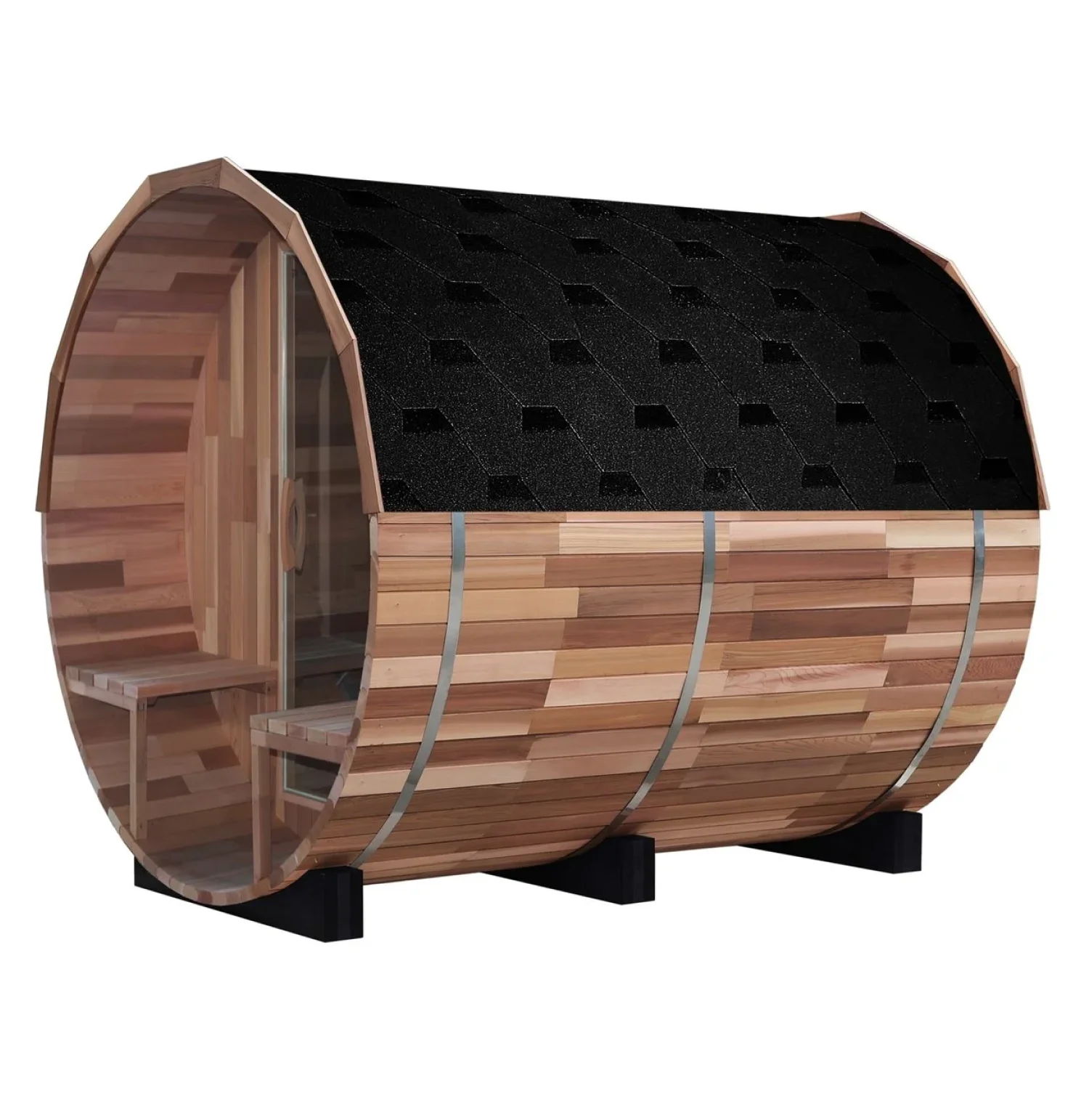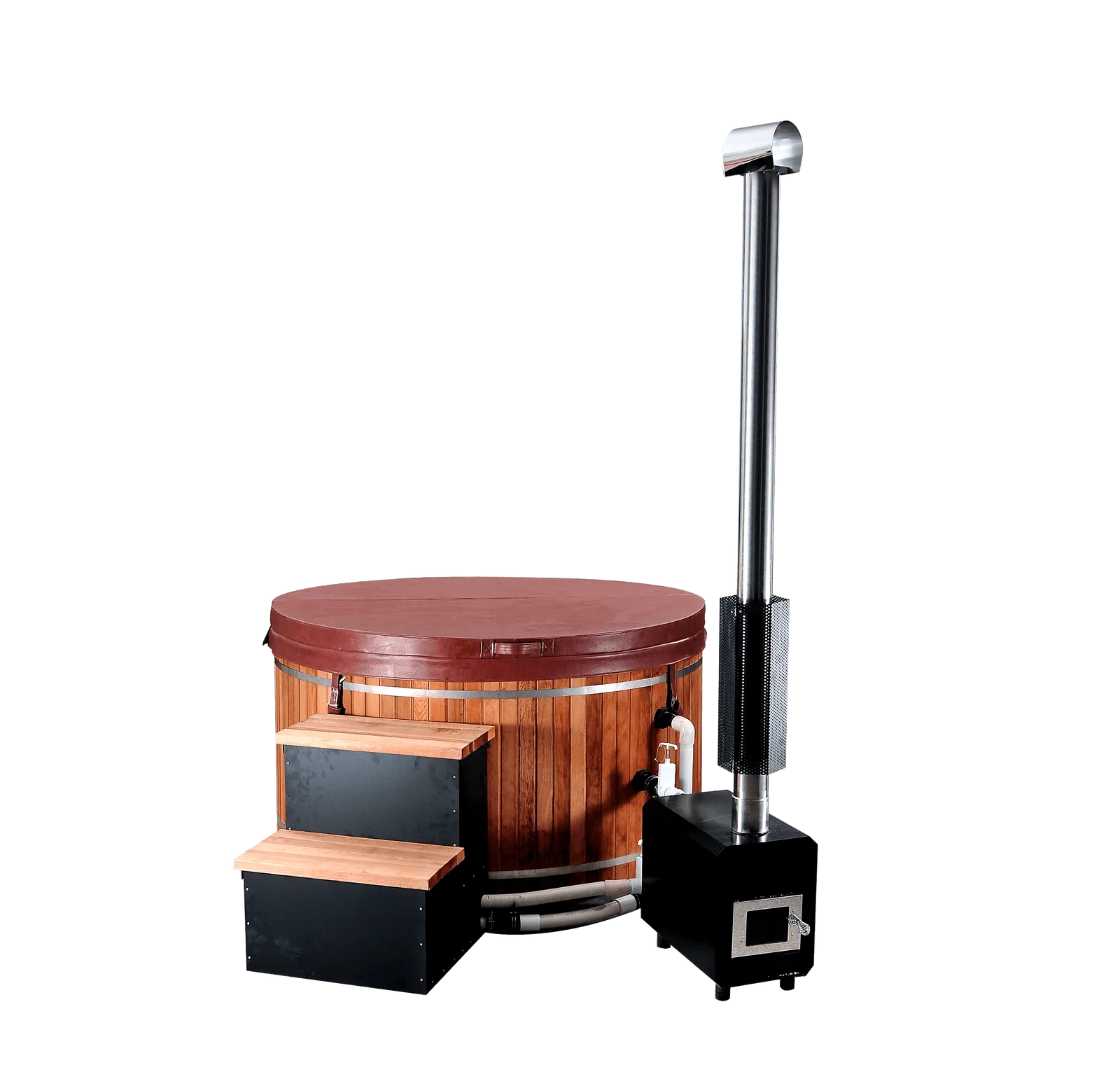At Shym Saunas & Spas, we believe in turning everyday spaces into quiet places where family and friends can reconnect away from screens. If you’re curious about whether your summer house or garden hut could become a healing haven, this guide will walk you through the essentials.
Can you really tuck a sauna into your summer house without causing damp walls or structural damage? With the right planning, yes.
The concept of a summer house sauna is increasingly popular in Australia because it marries Scandinavian wellness with our love for outdoor living. Instead of building a separate structure, converting an existing shed or log cabin saves space and creates an inviting escape right in your backyard.
This article explores how to turn a summer house into a sauna, what makes a log cabin ideal, why proper insulation and ventilation are critical, and how to maintain Scandinavian simplicity and comfort.
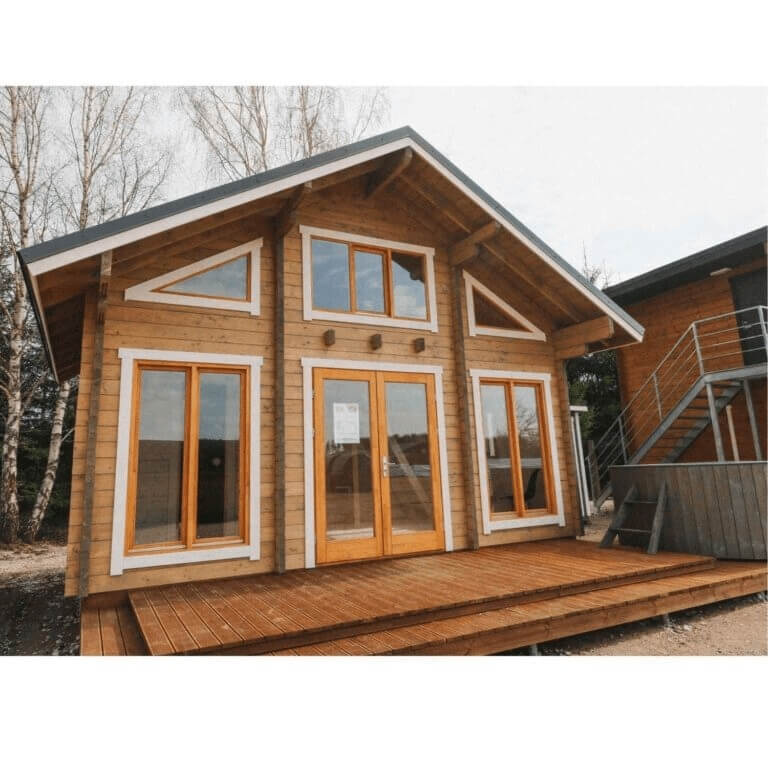
If you’d rather skip complicated conversions, explore our Sauna Cabin Summer Houses, European‑made summer houses some with versatile loft, garage and changing rooms.
Not every backyard shed is ready to become a sauna. You need enough headroom and floor space to accommodate benches and a heater. Experts suggest a minimum footprint of around 1.8 x 2.4 m (6 × 8 ft), with a 2.4 × 3.6 m (8 × 12 ft) shed offering better comfort. Ensure the building is square and sits on a level foundation; uneven surfaces or waterlogged floors will compromise the sauna’s integrity.
A summer house or light garden shed often has thin walls and minimal insulation. Log cabin saunas are sturdier because logs provide natural insulation and structural strength. If you’re starting from scratch, a log‑cabin sauna kit offers thick timber walls, pre‑cut parts and simple assembly—ideal for those who value craftsmanship and don’t want to design from scratch.
Garden sheds can work if you reinforce them. Check for rot, seal any gaps and consider raising the structure slightly off the ground on treated joists to keep moisture out. Replace flimsy windows with double‑glazed panes to retain heat. A concrete slab or pavers topped with waterproof membrane provides the best base, but a reinforced timber floor can also work when properly protected.
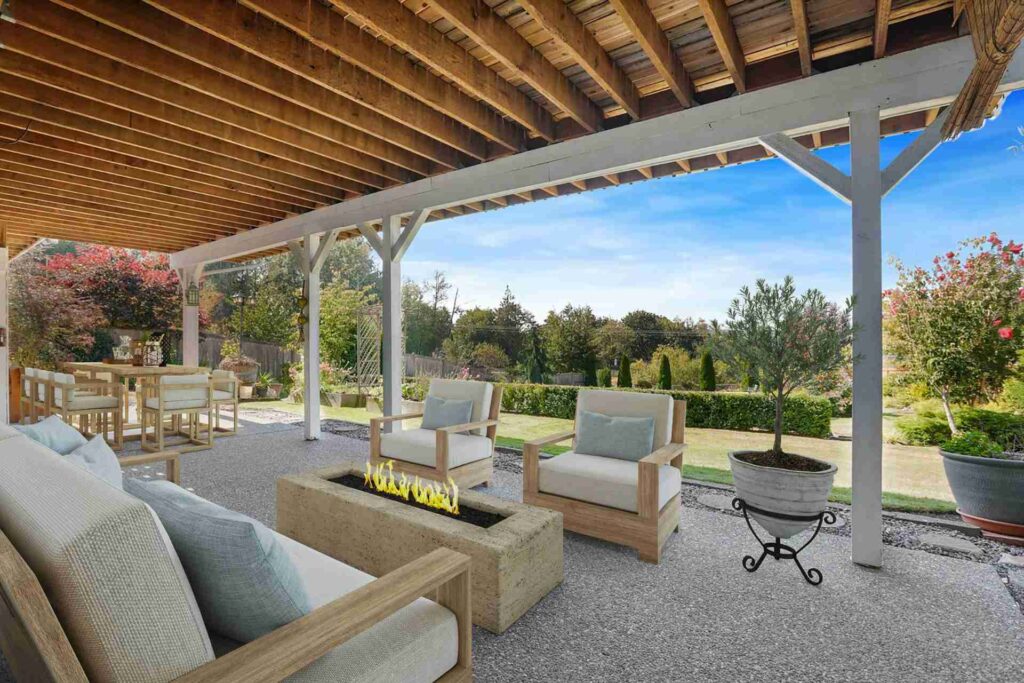
Before you pick up a hammer, decide on the sauna type:
Think about capacity too: a 2‑person cabin suits a cosy retreat, while families may prefer a four‑ to 6‑person model.
Proper insulation is the difference between a hot, efficient sauna and a wasteful heat‑leaking room. Follow these steps:
Cedar, thermowood or Nordic spruce are the gold standards for sauna interiors. Shym’s cabins use laminated Nordic spruce throughout, which looks beautiful and withstands Australian summers. Avoid pressure‑treated lumber because chemicals can off‑gas in the heat.
Comfortable benches encourage longer sessions and social connection. A traditional layout includes two levels: lower benches about 18 in (45 cm) high and upper benches around 36 in (90 cm) high, each about 24 in (60 cm) deep. Two tiers allow bathers to choose hotter or cooler spots and create a cosy, communal feeling. Consider removable or fold‑up benches so you can easily clean underneath and adjust the space.
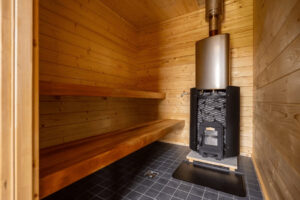
When it comes to our prefabricated sauna summer house kits, our Fellin and Bergen cabins come with two‑level alder benches, providing ergonomic support and a luxurious feel out of the box. The Dresden takes things further with three‑level benches, perfect for families who enjoy varied heat levels.
Install dimmable LED strip lights behind backrests or under benches for a warm glow. Soft amber lights mimic candlelight and reduce glare. Add a small window for natural light, but ensure it’s insulated and double‑glazed. For scent, cedar wood provides natural fragrance; you can also place a bowl of eucalyptus leaves or an aroma diffuser on the lower bench for an added ritual.
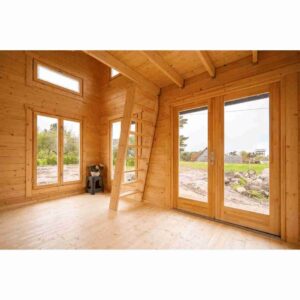
Our cabins feature large, openable double‑glazed windows and lockable doors, flooding the space with daylight while maintaining insulation.
There are two main heating choices:
Many Australians appreciate the crackle and ritual of a wood stove, especially in rural areas. In city suburbs, an electric heater may be more practical because there’s no need for a chimney or firewood storage. All Shym Sauna Cabins are compatible with electric and firewood heaters, giving you flexibility whichever heating style you prefer.
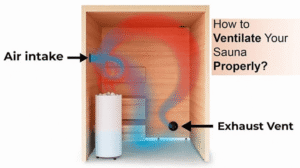
Sauna ventilation might sound counterintuitive in a sauna, but fresh air is crucial. Place two vents: one low near the heater for cool air intake and one high on the opposite wall for exhaust. This encourages circulation, prevents stuffiness and removes moisture that could cause rot. Use adjustable vents so you can regulate airflow during your session.
Other safety considerations:
Once your sauna is functional, personalise it. Add a small shelf for essentials (towels, water, essential oils) and incorporate Finnish traditions such as whisking birch branches (vihta). A simple timer or sand hourglass keeps track of sessions without staring at a phone.
Or you can enhance your space with an adjoining hot tub or create a multifunctional zone by pairing your sauna cabin with a Garage Monza or Maranello unit, which offer covered carports, enclosed garages and separate storage rooms
In Australia, saunas are considered regulated structures. Always check local council rules for outbuilding conversions. You may need approval for electrical modifications, wood‑burning stove flues or substantial structural changes. When in doubt, engage a certified builder or speak with your local council.
An electric heater typically requires a dedicated 240 V circuit. Plan the route for wiring early; surface‑mounting conduits keeps them accessible and away from high‑heat zones. If you plan to install a shower or plunge pool nearby, ensure there’s proper drainage and waterproofing.
Our cabins are delivered with complete installation kits, including drawings and screws, making assembly straightforward and reducing labour costs.
A sauna isn’t just a hot box; it’s a space to restore and reconnect. Scandinavian design prioritises warmth, ritual and simple elegance. Use neutral colours, natural textures and clutter‑free arrangements to encourage calm. Shym Saunas’ signature cabins feature thermo‑treated Nordic spruce, which develops a rich honey hue over time and withstands temperature swings. Pair the wood’s natural warmth with soft textiles—linen towels, wool throws and a woollen felt hat—and keep the décor minimal.
Consider outdoor elements: planting fragrant herbs (lavender, rosemary) near the entrance or hanging a small wreath of birch branches. These touches enhance the sensory experience and invite you into a mindful ritual.
The Fellin Summerhouse and Dresden models come with large openable windows and lockable doors, allowing you to blur indoor‑outdoor boundaries and enjoy views of your garden or pool. Consider adding a shaded deck or pergola to extend the relaxation space and protect the cabin from the afternoon sun.
Saunas aren’t just about sweat. Regular sauna sessions can improve circulation, aid detoxification, reduce stress, boost the immune system and promote skin health. More importantly, they provide a refuge from digital distractions. When you share a sauna, you share stories, laughter and quiet moments. Research shows that meaningful relationships contribute to longer, happier lives, and a home sauna encourages those connections.
It depends on the structure. The building needs a solid, level foundation and must be dry and well‑insulated. Thin metal or plastic sheds are unsuitable because they can’t support the weight of heaters and benches or retain heat.
Regulations vary by council. Minor interior modifications often fall under “exempt development,” but adding flues or altering the external appearance may require approval. Check with your local council before proceeding.
An electric heater typically heats a well‑insulated 1.8M x 2.4M (6 × 8 ft) sauna to 80 °C in 30–45 minutes. Wood stoves may take a little longer but can reach higher peak temperatures. Pre‑cut wood and a properly drafted chimney speed up the process.
The vapour barrier and proper ventilation control moisture. After each session, keep the door and vents open to dry the interior. For extreme climates, consider adding a small dehumidifier in winter.
A summer house sauna is more than a luxury; it is a sanctuary for connection and wellness.
It begins with a solid structure, which is then transformed into a warm retreat through thoughtful insulation, safe ventilation, and the timeless quality of materials like cedar or thermo-treated Nordic spruce.
Whether you craft your own or choose a masterfully built cabin from Shym Saunas & Spas, you are creating a space to unwind, share meaningful moments, and breathe deeply. Embrace the heat that warms both body and soul.
Ready to get started? Explore our full range of sauna cabins and summer houses at shymsaunas.com.au and find the model that matches your vision.
